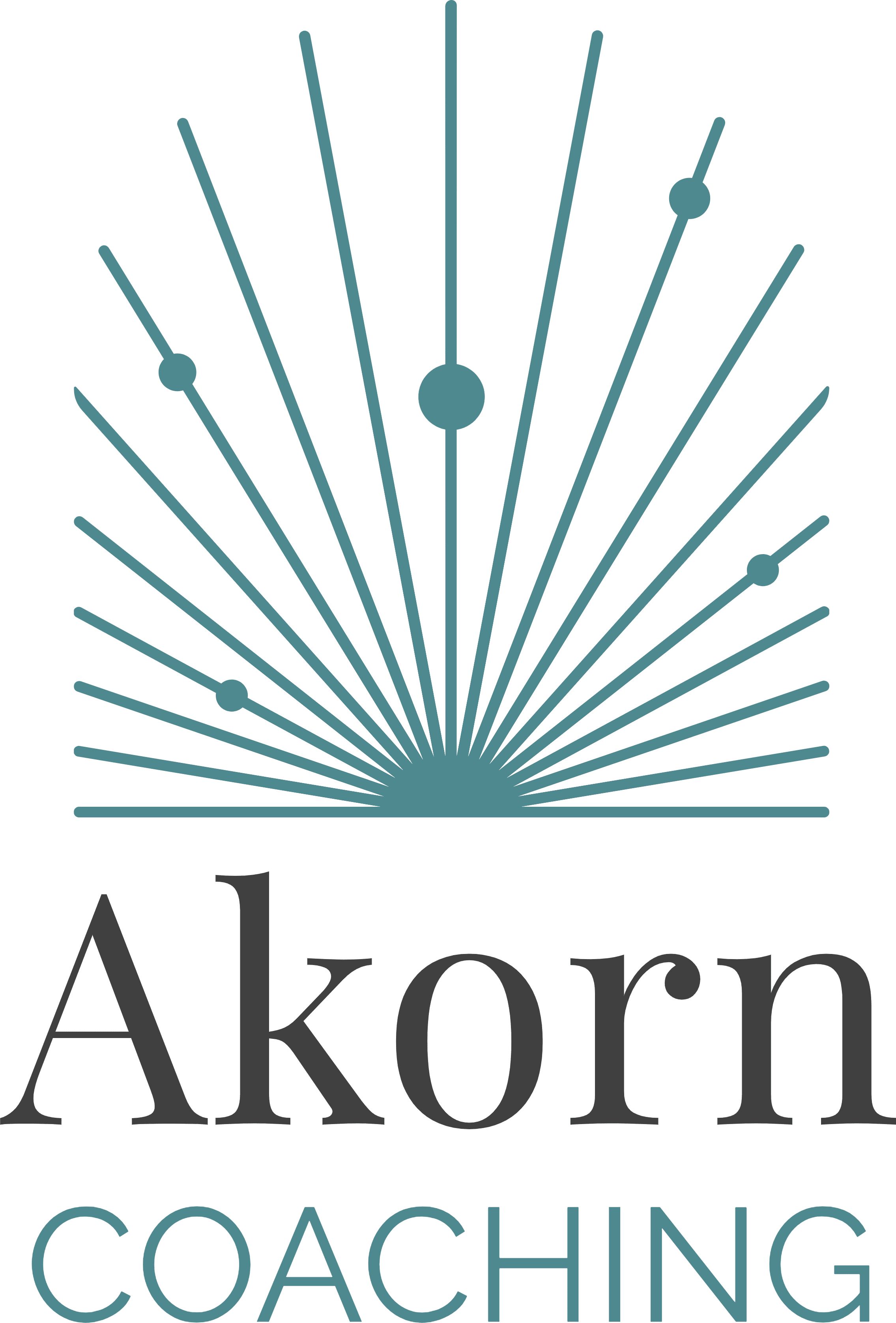In lab testing has several differences. The first one is there is a technician there with you if any problems should arise. If one of the wires become dislodged it can be fixed right away. You do not need to have another study performed. The technician is also there to answer questions should you have any during the nights. The most important role of the technician, however, is that they can intervene if there is a significant health issue during the night. They can also do a special type of study called a split night, or combination study, which allows you to be diagnosed and treated for your sleep apnea on the same night. This way if you have severe sleep apnea you can be treated right away instead of waiting. You also are able to be evaluated for other conditions you may not know you had. Treating sleep apnea after the home sleep study can occur in two different ways as well. You can be brought into the sleep lab for a titration study. During this test the technician finds a mask that works for you, educates you about CPAP and how it works and then finds the right pressure to eliminate most of the apneas and snoring. This test also allows the doctor to look for the other disorders such as periodic limb movements.
The an auto-titrating CPAP. This machine is set to allow a range in pressure that adjusts as you have events during the night. The technician will fit you for a mask and then leave the machine for you to use. The drawback is that there is no one there during that first night to assist you if there is an issue. The other issue is that unless you call your doctor or the company that delivered the machine they may not be able to correct any problems that happen until they download the information in the CPAP memory.
Overall home sleep studies do have a place in the diagnosis and treatment of sleep apnea. They are very good for diagnosing the straight forward sleep apnea patient. If, however, there is any issues that need to be addressed right away or if a person needs some assistance this may not be the best choice. A full sleep study allows for the possibility for quicker treatment and intervention. There is also the ability to diagnose other conditions that might go unnoticed in the home setting. That and the personal care involved in testing help to create a successful long term care situation.other option for treatment is to have a homecare company deliver

